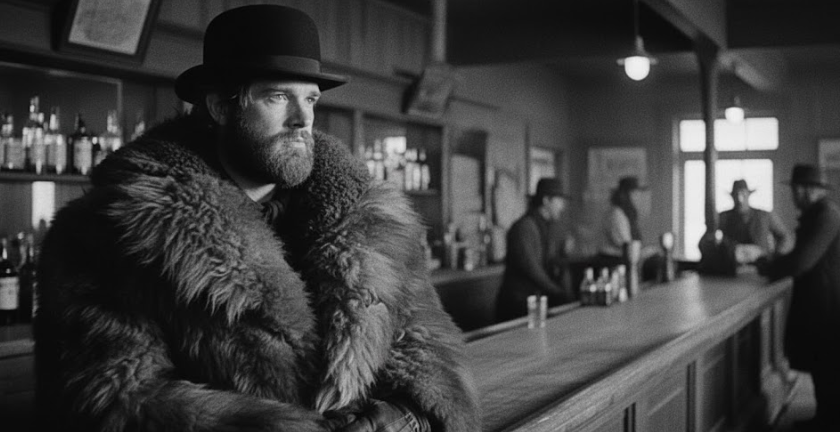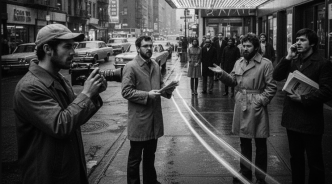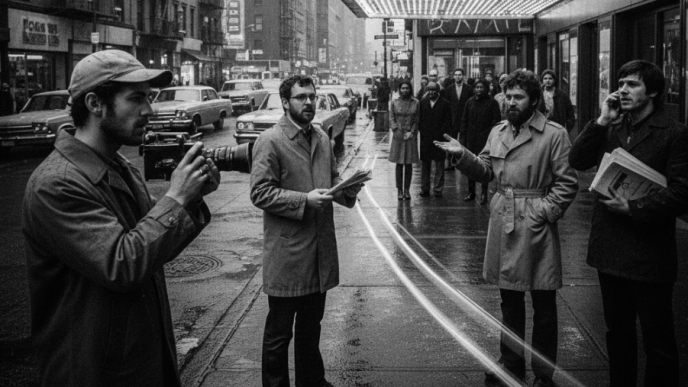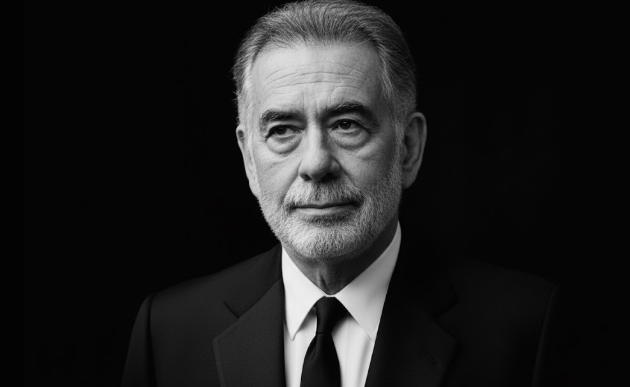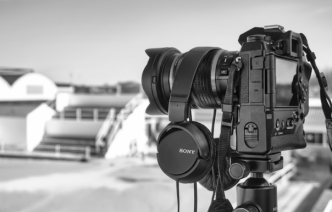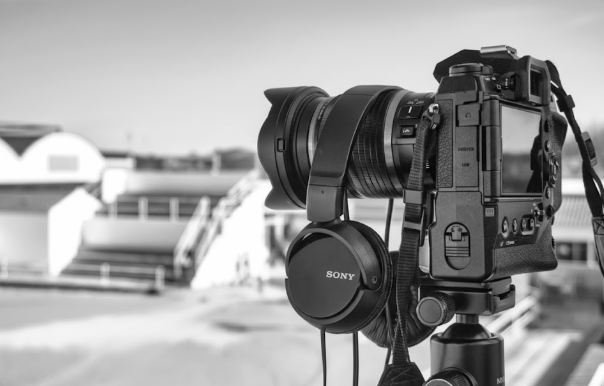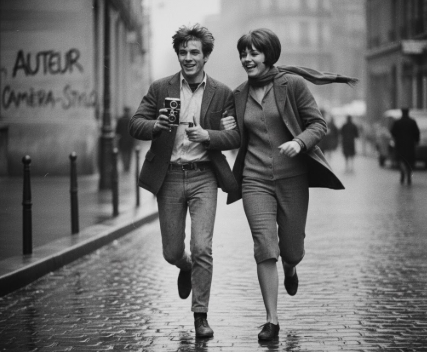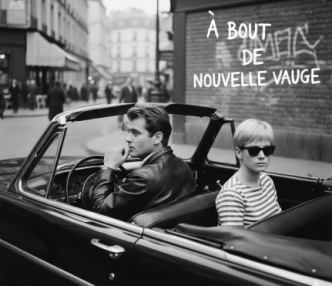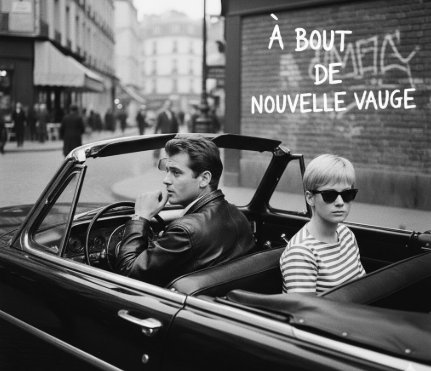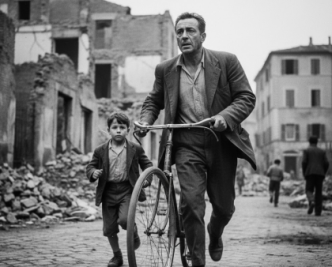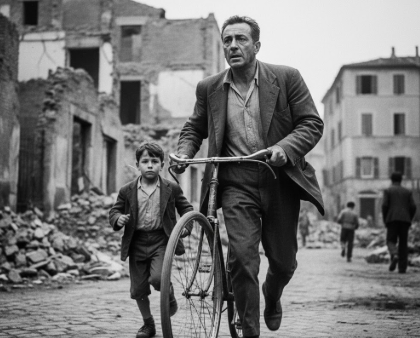Robert Altman’s McCabe & Mrs. Miller (1971) is a film that feels like a half-remembered dream, a melancholic poem for the end of the West. Described by Altman himself as an “anti-Western,” the film’s power lies not just in its subversion of genre tropes but in its revolutionary visual language. Working with the legendary Hungarian-American cinematographer Vilmos Zsigmond, Altman crafted a look that was as radical as his narrative approach.
The film is a masterclass in atmosphere, where the cinematography itself becomes a primary storytelling tool. Through a daring combination of flashing the negative, a signature use of the zoom lens, and an embrace of naturalistic, often dim lighting, Zsigmond and Altman created a hazy, dream-like aesthetic that perfectly captured the film’s themes of faded memory, fleeting beauty, and the brutal reality of the frontier.
Flashing the Negative: The Look of a Faded Photograph
The most distinctive visual element of McCabe & Mrs. Miller is its soft, desaturated, and almost antique look. This was achieved through a risky and innovative technique known as “flashing” (or pre-fogging) the negative. Zsigmond deliberately exposed the film negative to a small, controlled amount of light before shooting, which had the effect of muting the color palette and destroying the crisp clarity of the image. The goal, as Altman stated, was to make the film “look like those old photographs do,” evoking the feel of a daguerreotype from the era.
This technique was a radical departure from the bright, saturated Technicolor look that was still prevalent in Hollywood. By flashing the negative, Zsigmond created a suffused, pastel look, further enhanced by the use of fog filters and smoke on set. The result is a hazy, ethereal quality, as if the entire film is being viewed through a pane of stained glass or a veil of memory. This visual style is not merely an aesthetic flourish; it is central to the film’s identity as an “anti-Western.” It drains the genre of its traditional romanticism and grandeur, replacing it with a sense of “reflective nostalgia”—a contemplation of ruins and the imperfect process of remembrance.
The “Altmanesque” Zoom: A Subjective and Restless Camera
Another key component of the film’s unique visual texture is Altman’s signature use of the zoom lens. While many cinematographers of the era considered the zoom a “crude crutch,” Altman and Zsigmond turned it into an integral feature of their style. The camera in McCabe & Mrs. Miller is constantly, almost restlessly, in motion, with slow, creeping zooms that drift through the space, observing characters from a distance.
This technique creates a voyeuristic, documentary-like feel, as if the camera is a curious observer stumbling upon moments already in progress. Altman often combined the zoom with a dolly movement, creating a disorienting diagonal effect that feels both fluid and unsteady. Unlike the static, classically composed shots of traditional Westerns, the “Altmanesque” zoom is subjective and exploratory. It wanders through the crowded, muddy town of Presbyterian Church, picking out small details and fragments of conversation, contributing to the film’s famous overlapping dialogue and immersive, chaotic soundscape. This constant, subtle movement enhances the film’s dream-like quality, making the viewer feel like a ghost floating through this fleeting, half-formed world.
A World Lit by Lanterns: The Embrace of Naturalism and Darkness
Zsigmond’s approach to lighting was as unconventional as his other techniques. He rejected the bright, high-key lighting of classic Hollywood in favor of a more naturalistic and moody style, embracing darkness and shadow. The interiors of the saloons and brothels are often extremely underlit, illuminated only by the practical light sources that would have existed at the turn of the century: lanterns, candles, and log fires.
This commitment to realism presented significant technical challenges. With the slow film stocks of the era (an ASA of 50), Zsigmond had to use powerful lights just to get a proper exposure in a scene supposedly lit by a single candle. However, the effect is one of profound authenticity. The darkness is palpable, creating a sense of intimacy and claustrophobia in the cramped interiors, while also reinforcing the bleak, perpetually overcast atmosphere of the Pacific Northwest setting. This use of low-key lighting and chiaroscuro gives the film a painterly quality, with some scenes resembling the work of the Dutch Old Masters. The darkness is not just an aesthetic choice; it is a thematic one, mirroring the film’s melancholic tone and the grim realities of frontier life.
Conclusion: A Poem of Imperfection
The cinematography of McCabe & Mrs. Miller is a perfect synthesis of technical innovation and thematic purpose. The flashed negative, the wandering zoom, and the naturalistic lighting all work in concert to create a film that is beautiful, sad, and utterly unique. It is a visual language that rejects clarity and perfection in favor of ambiguity and texture. Vilmos Zsigmond, with Altman’s adventurous encouragement, didn’t just capture a story; he created a world with its own logic and texture, an unforgettable dream of the American West that feels more real and haunting than any myth.
Read our full analysis of Robert Altman’s McCabe & Mrs. Miller — the definitive anti-Western →
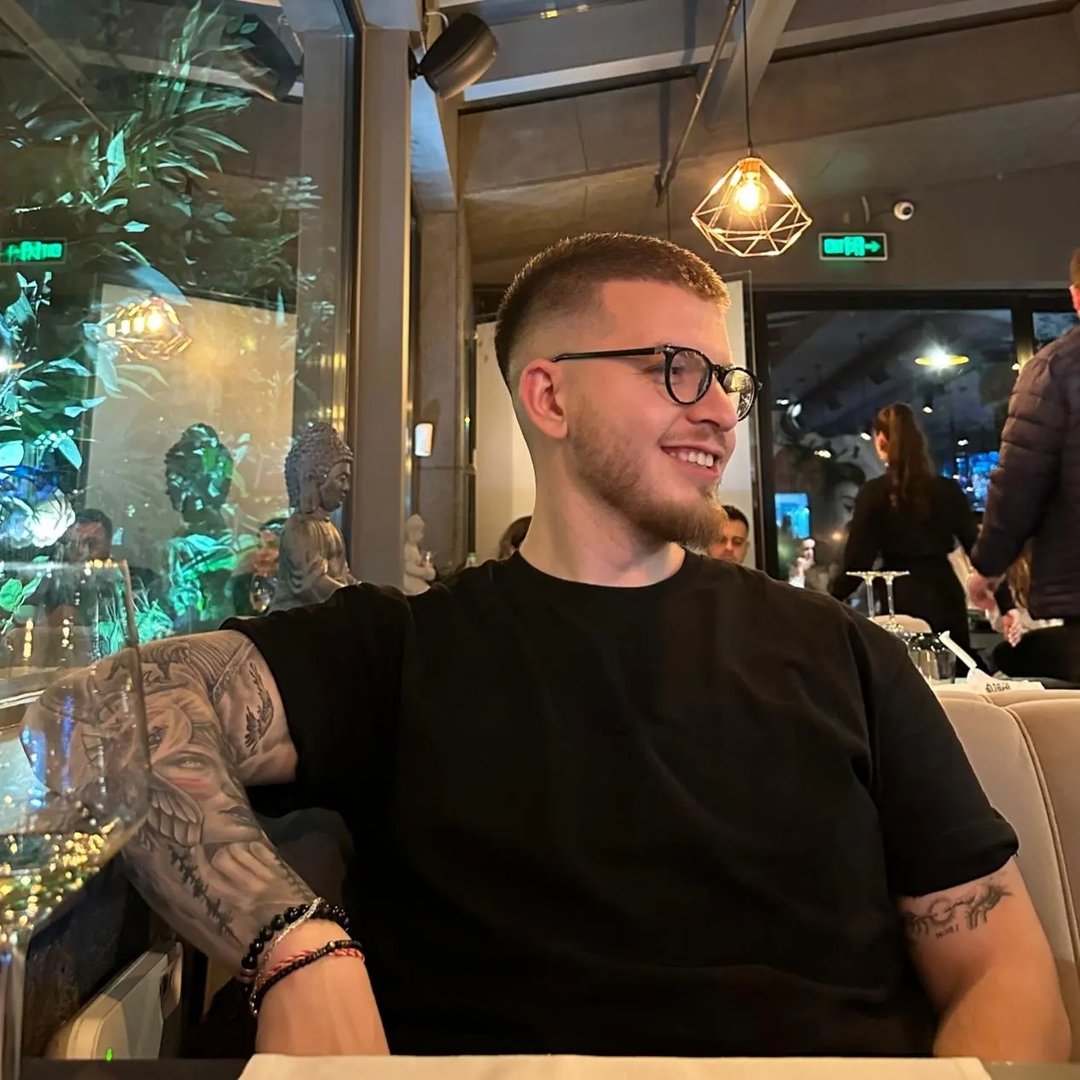
Dario Loce is the founder and editor of Celebrimous. He is a lifelong film enthusiast and the author of several locally-published books on cinema history and analysis. His passion is deconstructing the “how” and “why” of filmmaking, from the director’s vision to the editor’s cut. When not lost in a classic film, he’s usually walking through the city, replaying scenes in his mind like unfinished stories.

